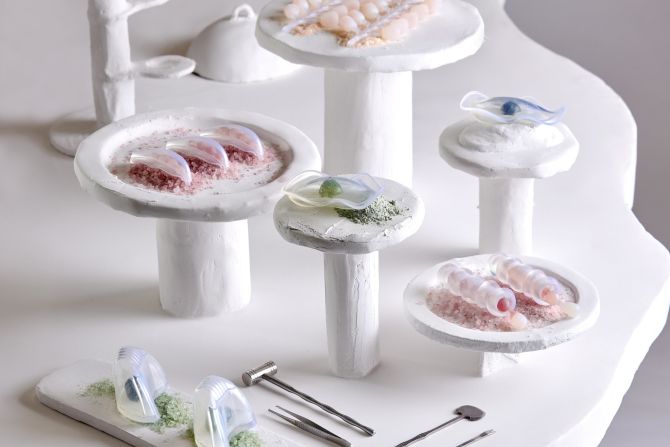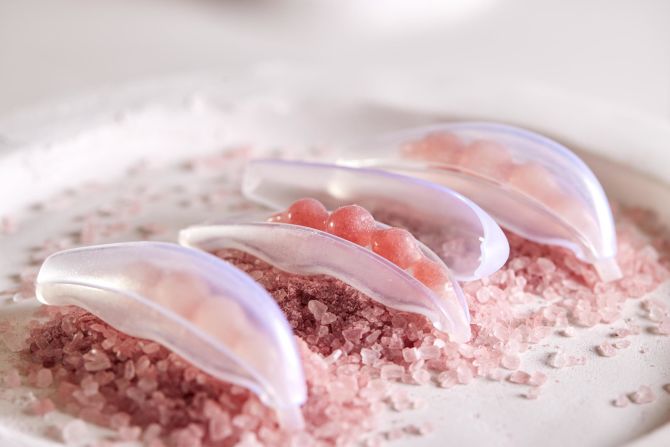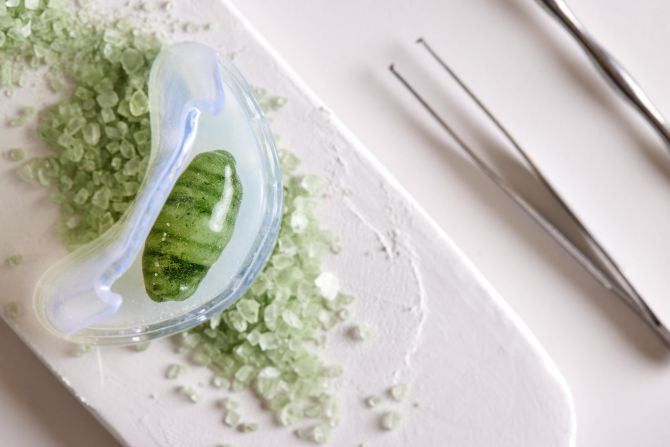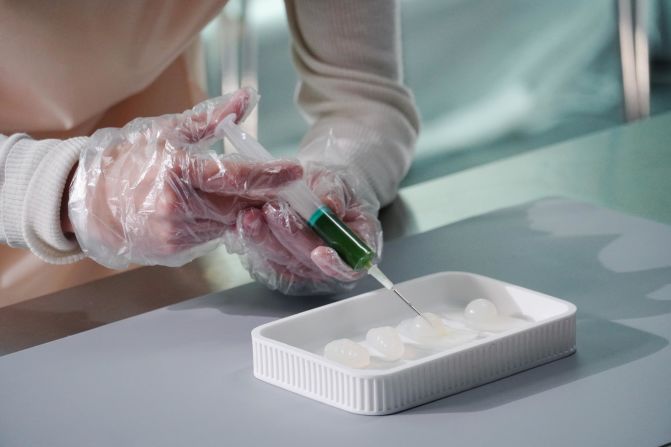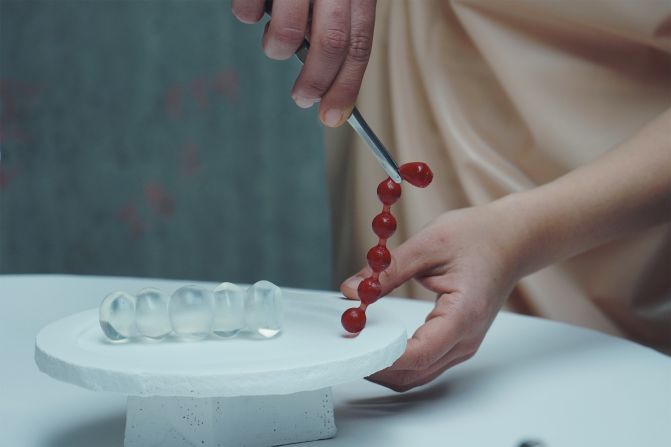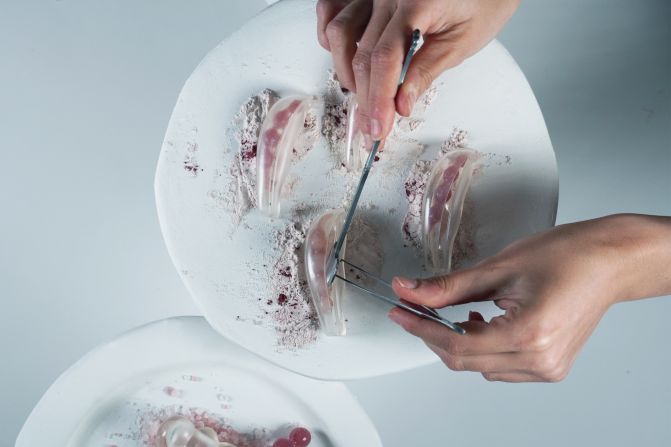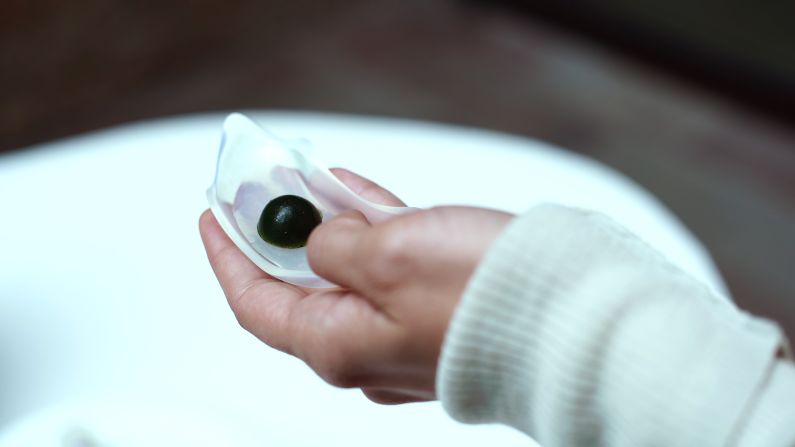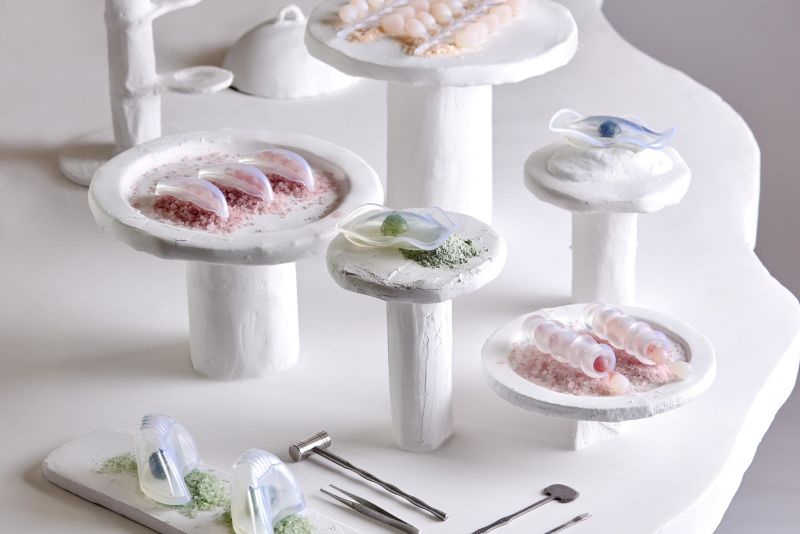Exploring Microalgae: The Future of Sustainable Food
What is Microalgae?
Microalgae are microscopic organisms that live in both freshwater and saltwater. They are gaining attention as a sustainable food source due to their high protein content and nutrient density. Moreover, they can be cultivated efficiently with minimal resources.
Cultivation Techniques
Traditionally, microalgae are grown in large tanks, which require significant space and resources. However, innovative methods have emerged, such as utilizing a concentrated solution on edible agar gel, a strategy developed by bio-designer Malu Lücking. This method allows for controlled growth while reducing the need for bulky equipment.
Flavor Profiles
Microalgae exhibit a variety of flavor profiles, influenced by their species and growing conditions. Here are some fascinating examples:
- Rhodomonas salina: This red microalgae from England has a robust crab flavor complemented by salty umami notes.
- Tetraselmis chui: Known for its strong seafood taste, reminiscent of mussels or prawns, this green microalgae also thrives in English waters.
- Dunaliella salina: A unique green microalgae that produces orange pigments in the summer—offering a sweet-and-spicy floral flavor.
Harvesting and Consumption
After two to four weeks of growth, microalgae can be harvested fresh. They boast concentrated flavors that can be enjoyed directly as a snack or used as a natural flavor enhancer in various dishes.
Innovative Design Elements
According to Lücking, a distinctive visual identity can be created for these organisms through the use of gel and resin casings. For instance, the packaging for crab-flavored microalgae mimics the shell of a crab, enhancing the overall dining experience.

